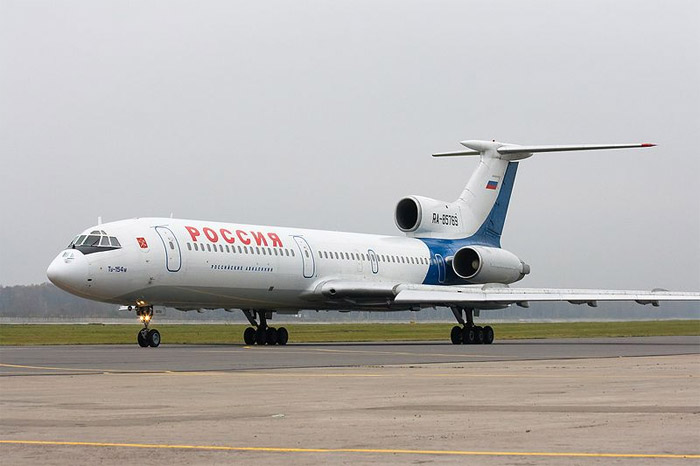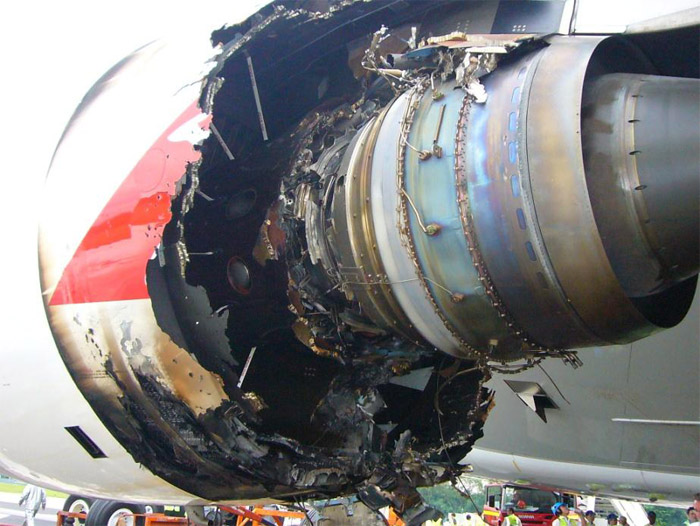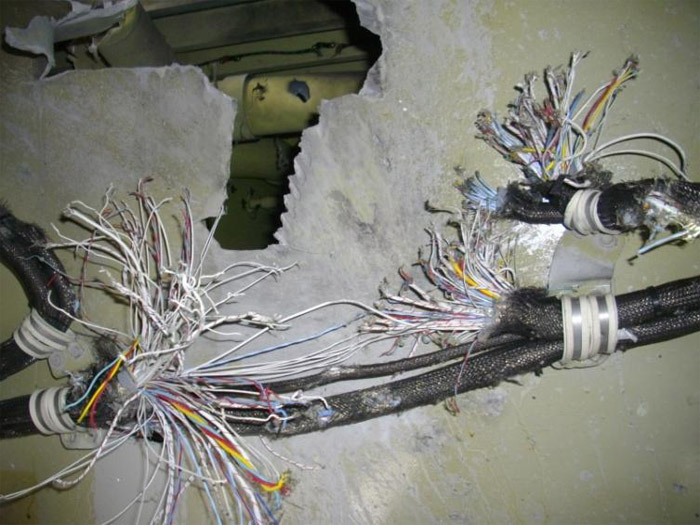Dangerous laser pointer attacks on airplanes may be more common than you think. The FAA today published a list of laser pointer events on aircraft that have been reported in 2010. The list, that only includes incidents within the US, records the huge number of more than 2800 events only last year! This is the highest number of laser events recorded since the FAA began keeping track in 2005.
Los Angeles International Airport recorded the highest number of laser events in the US for an individual airport in 2010, with 102 reports, and the greater Los Angeles area tallied nearly twice that number, with 201 reports. Chicago O’Hare International Airport was a close second, with 98 reports, and Phoenix Sky Harbor International Airport and Norman Y. Mineta San Jose International Airport tied for the third highest number of laser events for the year with 80 each.
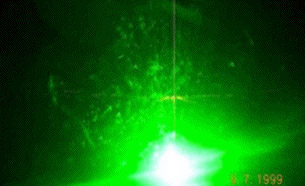 “This is a serious safety issue,†said U.S. Transportation Secretary Ray LaHood. “Lasers can distract and harm pilots who are working to get passengers safely to their destinations.â€
“This is a serious safety issue,†said U.S. Transportation Secretary Ray LaHood. “Lasers can distract and harm pilots who are working to get passengers safely to their destinations.â€
Nationwide, laser event reports have steadily increased since the FAA created a formal reporting system in 2005 to collect information from pilots. Reports rose from nearly 300 in 2005 to 1,527 in 2009 and 2,836 in 2010.
“The FAA is actively warning people not to point high-powered lasers at aircraft because they can damage a pilot’s eyes or cause temporary blindness,†said FAA Administrator Randy Babbitt. “We continue to ask pilots to immediately report laser events to air traffic controllers so we can contact local law enforcement officials.â€
Some cities and states have laws making it illegal to shine lasers at aircraft and, in many cases, people can face federal charges.
The increase in reports is likely due to a number of factors, including the availability of inexpensive laser devices on the Internet; higher power levels that enable lasers to hit aircraft at higher altitudes; increased pilot reporting of laser strikes; and the introduction of green lasers, which are more easily seen than red lasers.
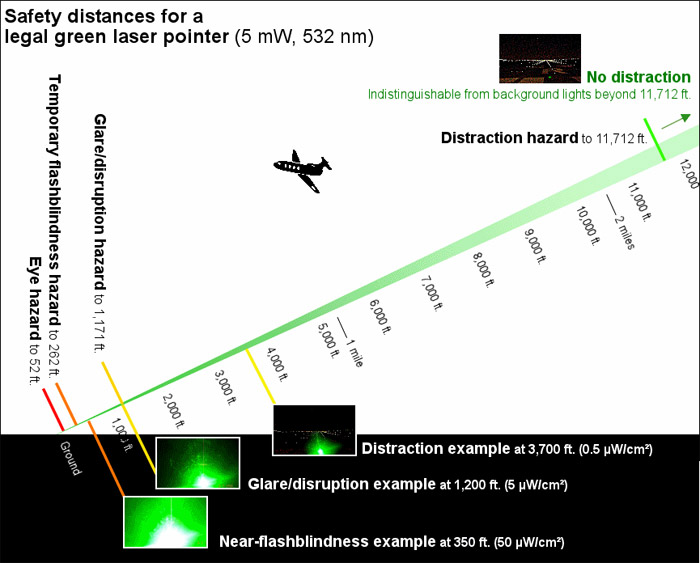
Top 20 US laser event reports by airport in 2010
- Los Angeles International Airport (LAX)–102
- Chicago O’Hare International Airport (ORD)–98
- Phoenix/Sky Harbor International Airport (PHX)–80
- San Jose International Airport (SJC)–80
- McCarran International Airport (LAS)–72
- Philadelphia International Airport (PHL) –66
- Oakland International Airport (OAK)–55
- Honolulu International Airport (HNL)–47
- San Francisco International Airport (SFO)–39
- Denver International Airport (DEN)–38
- Newark Liberty International Airport (EWR)–38
- Tucson International Airport (TUS)–37
- Miami International Airport (MIA)–36
- Salt Lake City International Airport (SLC)–36
- Portland International Airport (PDX)–32
- LA/Ontario International Airport (ONT)–32
- Bob Hope Airport (BUR)–31
- Baltimore Washington International Airport (BWI)–31
- John Wayne Airport (SNA)–31
- Seattle-Tacoma International Airport (SEA)–26
Source: FAA
Images: FAA

